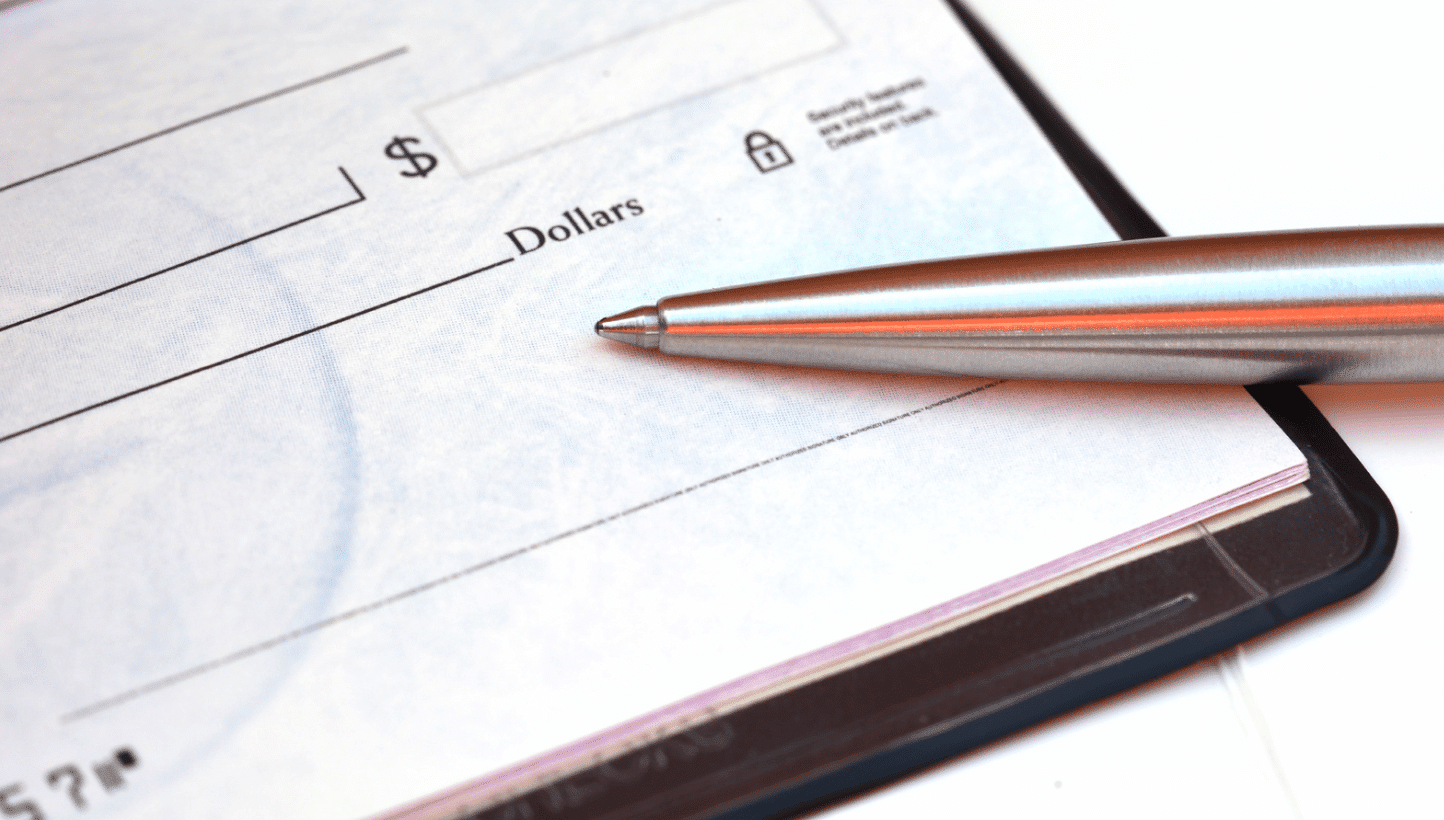

Without question, innovation in technology continues to change the payments landscape around the world. Gone are the days of regularly handling and writing paper checks. Proliferation of debit and credit card payment options, radical advancements in mobile payment platforms and the surprising continued increase in cash usage have threatened the very existence of the once-popular paper check.
Many point to September 11, 2001 as the day the paper check died. Prior to 9/11, banks physically collected and moved billions of dollars of checks each day to centralized facilities throughout the country for processing. When air traffic was grounded after the attacks on 9/11, the inefficiency of physically moving and managing checks became unavoidably obvious. Check 21 was born and financial institutions were no longer required to process paper checks, instead they could work with an image of the original document.
Today, processing a check has never been easier for financial institutions and their customers. Branch-based check imaging equipment and mobile deposit solutions make depositing checks faster, cheaper and more convenient. At first glance, this may help to explain the relatively slow decline in the use of checks in the United States —approximately 5%-7% year over year.
However, the widespread adoption of mobile check deposit solutions may not be the knight in shining armor the paper check industry is hoping for. In an era where nearly everybody has a smartphone, the very tool that has made handling checks convenient may lead to its downfall.
As more consumers become comfortable processing checks with their smartphone, is it that hard to imagine migrating to a mobile-based payment solution? Similarly, is it that difficult to see brick and mortar stores, in an effort to keep pace with the ultra tech-savvy online retail marketplace, start accepting mobile payments?
Smartphones and retailer acceptance of mobile payments are clearly helping customers become more comfortable with technologically advanced methods for payment. Just take a look at what Starbucks is doing. Globally, a good example of how quickly this technology can be integrated into normal life can be found in Kenya with M-PESA. Over 17 million Kenyans use M-PESA to transfer money using their phones.
So, what does that mean for cash? Shouldn’t cash be going the way of the dinosaur as well? Cash offers a benefit that both mobile payment and paper checks fail to offer — privacy. It’s a long held belief, that the payment landscape is largely shaped by three overarching customer needs — ease-of-use, convenience and anonymity. Anonymity is fundamental to the continued growth of cash’s use.
However, paper checks fail on all three fronts. So, what does this mean? It looks like the paper check is going the way of the dinosaur—extinct. What’s your thoughts on the subject?

